
Chesapeake Bay Program
The Chesapeake Bay Program was organized in 1983 to help lead and direct the restoration of the Chesapeake Bay. Partners of the Bay Program include several federal and state agencies as well as local governments, non-profit organizations, and academic institutions. Their main office is in Annapolis, Maryland, but they continue to serve and collaborate with partners throughout the six states and the District of Columbia within the watershed.
In addition to gathering and analyzing data about the health of the Bay, the Bay Program functions to organize collective efforts toward conservation and restoration, as well as actions to benefit people living, working, and recreating throughout the watershed. The partnership’s website serves as a great resource, providing a wealth of information about the history and importance of the Bay, about the network of efforts occurring to restore and conserve and the current progress toward shared goals; as well as educational resources for teachers, students, watershed residents, and visitors.
The 2014 Chesapeake Bay Watershed Agreement encompasses 10 goals addressing specific concerns for clean water, abundant life, and healthy people. NPS Chesapeake coordinates the National Park Service’s responsibilities within those goals, which includes Land Conservation-Protected Lands, Stewardship/Diversity, Public Access, and Environmental Literacy. NPS also contributes to actions toward climate resiliency and water quality.
-
 Climate Resiliency
Climate ResiliencyPartnering to increase watershed resiliency to withstand adverse impacts from changing environmental and climate conditions.
-
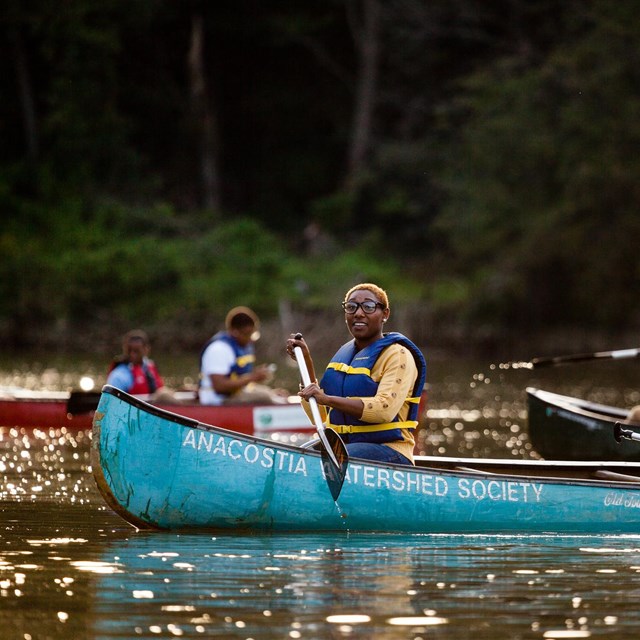 Diversity
DiversityDiversifying the stewardship community to ensure restoration activities reflect the needs of all watershed communities.
-
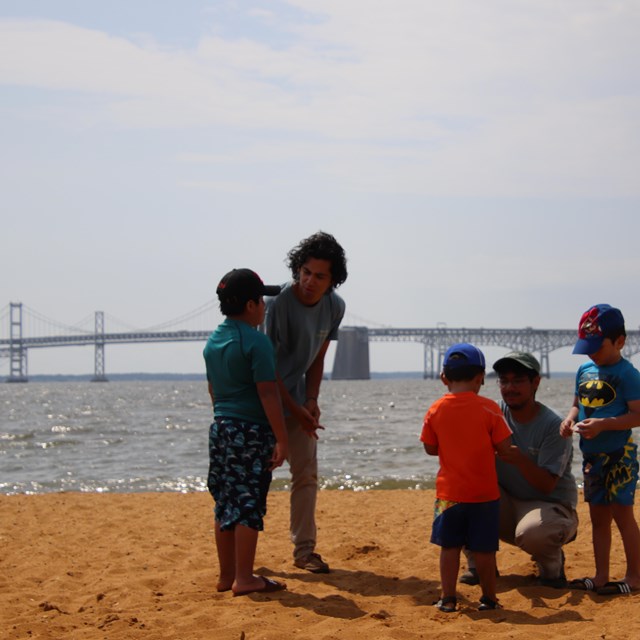 Environmental Literacy
Environmental LiteracyEnabling students in the region to graduate with the knowledge and skills to act responsibly to protect and restore their local watershed.
-
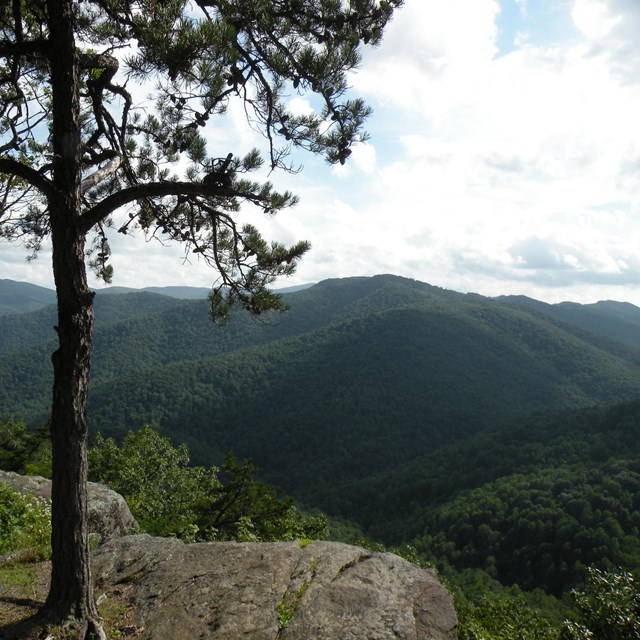 Land Conservation – Protected Lands
Land Conservation – Protected LandsWorking with communities to conserve treasured landscapes of cultural, indigenous and community value.
-
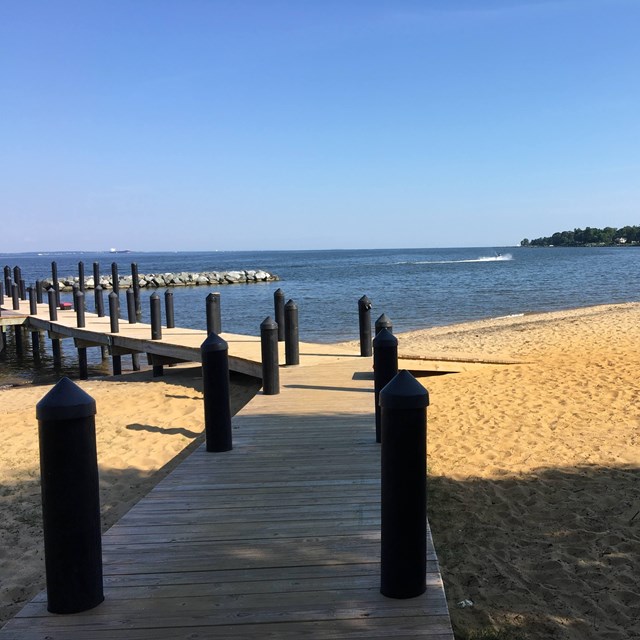 Public Access
Public AccessExpanding public access to the watershed through existing and new local, state, and federal parks, refuges, reserves, and trails.
-
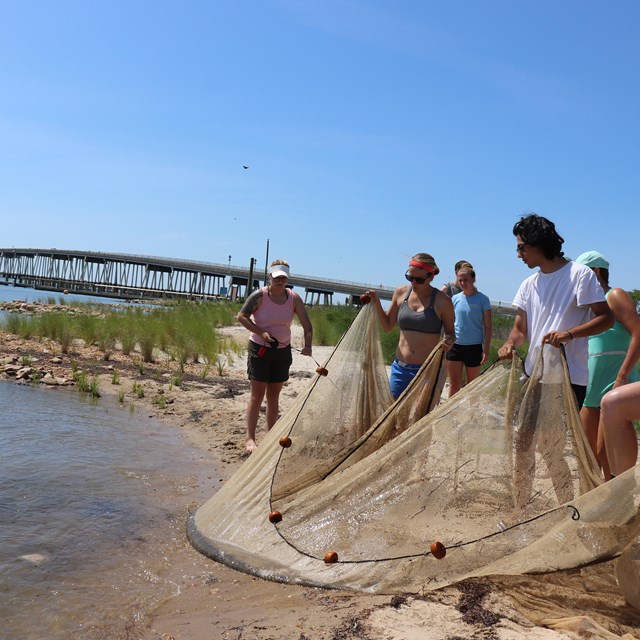 Stewardship
StewardshipGrowing the number of local stewards actively supporting activities to achieve healthy local streams, rivers, and a vibrant Chesapeake Bay.
-
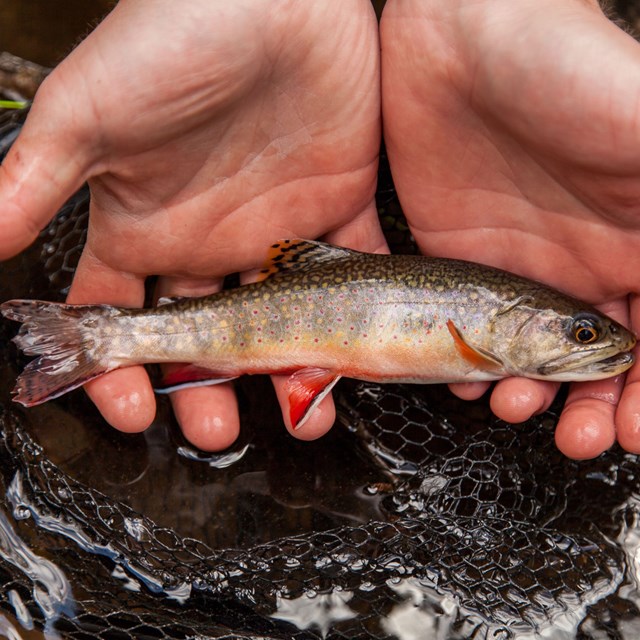 Water Quality
Water QualityPartnering to reduce pollutants to support the aquatic living resources of the Bay and its tributaries and protect human health.
-
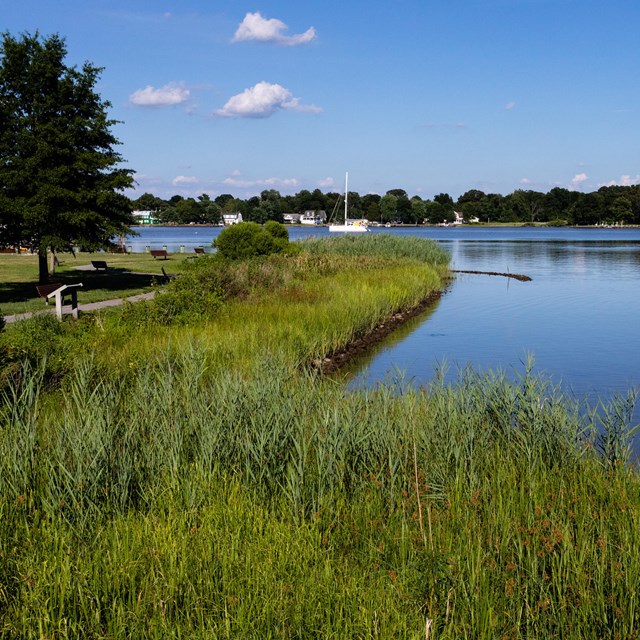 Chesapeake Bay Program
Chesapeake Bay ProgramVisit the Bay Program’s website to learn more about the Chesapeake Bay initiative.
Last updated: June 30, 2023
